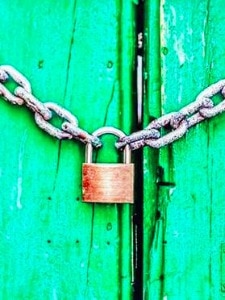As countries took precautions to contain the spread of the coronavirus or COVID-19, many implemented lockdown as one of the measures. Lockdowns are necessary when there is a threat to the lives of people in an area or country from something like a virus as they can prevent the spread of the disease.
During a lockdown, the movements or activities of the people in a community are limited and only essential organisations are allowed to funtion normally. The essential organisations would be like the police, military, fire and emergency services, disaster management, prisons, municipal bodies, groceries stores, ATMs, pharmacies, delivery services, media, stock markets, hospitals, telecom companies, petrol pumps, and electric and water companies.
Types of Lockdown:
There are two types of lockdowns, a preventive lockdown and an emergency lockdown, which can only be initiated by someone in a position of authority when lives are at stake.
Where a preventive lockdown is concerned, it is implemented when an unusual scenario or a weakness in the system arises that could endanger the safety and security of people, organisation and system. It is a preemptive action plan that is put in place to prevent something bad from happening and could be implemented in just one area.
In the case of an emergency lockdown, it is implemented when there is imminent threat to the lives or risk of injury to humans. An emergency lockdown would prevent people from moving around in an area, institutions, except for essential organisations, from functioning normally.
What is a Stay-at-home Order:
A stay-at-home order is usually implemented to restrict the movement of people and also used as a means of bringing about mass quarantine when there is the threat of an epidemic or a pandemic. In some cases, outdoor activities that are essential are allowed, but most non essential businesses are either closed or changed to work from home. A stay-at-home order







0 comments:
Post a Comment